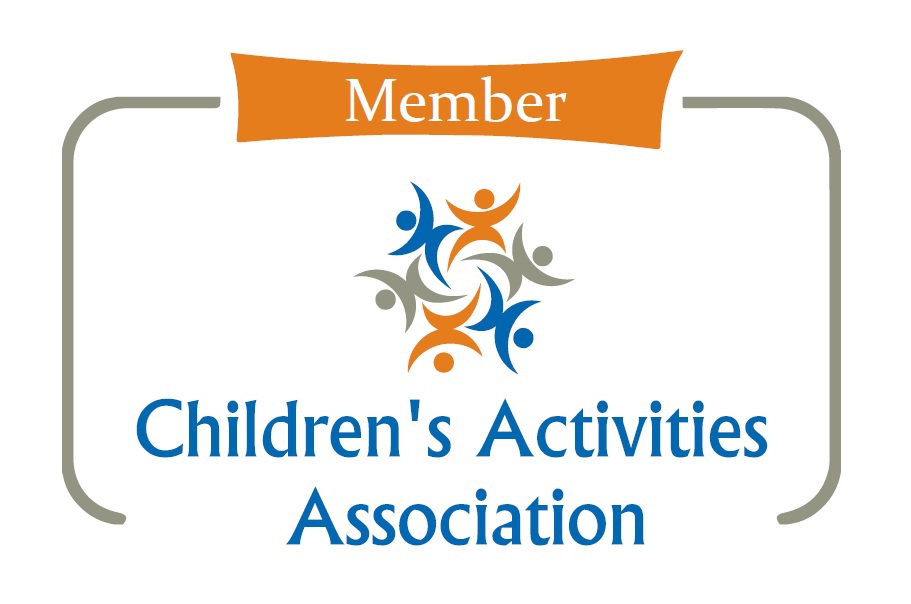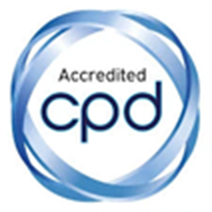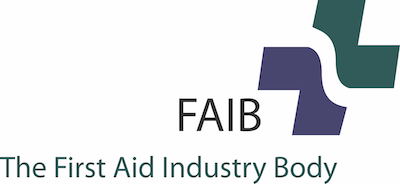The months of March to May are the most common time to catch chickenpox, so we thought a reminder about the symptoms and how to treat it would be useful. Chickenpox is such a common childhood illness that over 90% of adults are immune as they have had it before. So the chances are your child will catch it at some point, with pre-school and the early primary years being the most common time.
So what is chickenpox?
Chickenpox (known medically as varicella) is caused by a virus called the varicella-zoster virus. It's spread quickly and easily from someone who is infected. Chickenpox is most common in children under the age of 10. Chickenpox is infectious from one or two days before the rash starts, until all the blisters have crusted over. This is usually 5-6 days after the start of the rash.
Chickenpox has up to a 21-day incubation period from when a child is in contact with the virus.
What are the symptoms of chickenpox?
Before the characteristic rash appears (and sometimes during), your child may have some mild flu-like symptoms which can include:
- having a high temperature / fever of 38°C or more
- headache
- aching, painful muscles
- a loss of appetite
- feeling sick
The rash usually starts as small itchy red spots which can be red, pink, darker or the same colour as surrounding skin. This initial rash can be harder to see on black and brown skin, so look under the forearms and in the mouth and inside of eyes. Some children have only a few spots, but other children have spots that cover their entire body. Spots are most likely to appear on the face, ears and scalp, under and on the arms, chest, stomach and legs. The spots then become fluid-filled blisters, and it is a this point they become very itchy and very contagious. Finally, the spots will form a scab, but some will still leak fluid. To confuse matters, new spots keep appearing in waves over 3-5 days after the spots first start, so you'll have spots at various stages of blisters and scabbing, all at the same time! Although chickenpox is considered a mild illness, babies and young children can feel really miserable with it and be very irritable. |
 |
Can you get chickenpox twice?
The official answer is yes but it is unusual. However, from my own experience and anecdotally, I have come across quite a few people whose children have had it twice. This usually happens when your child catches it very young, or has a very mild dose the first time around. My daughter caught it for the first time at 12 months and had very few spots but was really quite poorly with it. The second time, at 2 and a half, she had hardly any of the flu like symptoms, but was absolutely covered with the rash. It was everywhere - on her eyelids, in her ears, on her genitals, on her scalp and all over her torso. And they were sooo itchy. Unfortunately the worst ones were on her face so she still has scars now. The reason I'm tellling you this is that when she came out with the spots the second time, it was alarming to read that it was very unusual to have chickenpox twice on the internet. We were then told by 111 in the middle of the night that it couldn't be chickenpox as she'd already had it, which was very frightening. Your mind automatically goes to other, worse illnesses that can cause a rash and we panicked. However, following an emergency GP appointment, where they took one look at her and said "it's chickenpox", fortunately we were able to relax! Hopefully this knowledge will help other families who have the same experience.
How to treat chickenpox
- For the fever and flu-like symptoms DO NOT under any circumstances, give a baby or child with chickenpox ibuprofen as it can cause serious skin infections. Stick to paracetamol.
- There are a number of over the counter products and also make at home remedies to relieve the itching – speak to your pharmacist for more information and guidance on suitability for your child.
- Monitor your child’s temperature. Keep your child cool in loose cotton clothing or bare skin and keep them hydrated with water.
- Cool baths or showers are soothing. You can add 2 big spoons of bicarbonate of soda to further relieve the itching. Following a bath, make sure you pat skin dry, don't rub, and let hair dry naturally to avoid irritating the scalp with hairdryers.
- Make sure you keep your child well hydrated.
- Cut your child's nails and put socks on your child's hands at night to avoid further irritation to your child's skin from scratching.
- Your GP can offer advice, speak to them on the phone or you can even send them pictures, however if you don't feel a phone appointment is sufficient, ask your surgery for an end of the day appointment so you don't risk infecting others.
- Avoid contact with those who are pregnant, newborn babies and those who have a weakened immune system.
- Children should stay off nursery/child care until the spots have crusted over. It is worth checking your child carers' policy.
- If you are in any way concerned about your baby or child’s condition, call 111 for advice or call 999 for an emergency.
All the best, Charlotte @ Mini First Aid xx
Sources: NHS UK, NHS Inform Scotland
You can also listen to our Family Health by Mini First Aid podcast episode on chickenpox where host Kate is joined by paediatrician Dr Lillie Parker. They provide expert guidance on identifying chickenpox symptoms, easing discomfort and preventing scarring, determining when to keep children home, understanding the risks in pregnancy and vulnerable individuals, and clarifying misconceptions about catching chickenpox and shingles. The episode offers practical advice for expectant or new parents and anyone preparing to manage chickenpox confidently. Listen to the podcast here.
Our Award Winning Large Family First Aid Kit
 Best Safety Product Gold Winner at the Mother&Baby Awards 2024, this comprehensive pouch contains 115 hospital grade first aid essential items. It is perfect for everyday emergencies, minor illnesses and injuries and includes a digital thermometer which is great for picking up a high temperature that can often come with chickenpox. The kit also includes an instant cold pack, CPR mask, assorted plasters, wipes, bandages, paramedics' recommended shears, and much, much more. The kit features a child-friendly touch and has bravery stickers to comfort little ones, making it perfect for family use.
Best Safety Product Gold Winner at the Mother&Baby Awards 2024, this comprehensive pouch contains 115 hospital grade first aid essential items. It is perfect for everyday emergencies, minor illnesses and injuries and includes a digital thermometer which is great for picking up a high temperature that can often come with chickenpox. The kit also includes an instant cold pack, CPR mask, assorted plasters, wipes, bandages, paramedics' recommended shears, and much, much more. The kit features a child-friendly touch and has bravery stickers to comfort little ones, making it perfect for family use.







